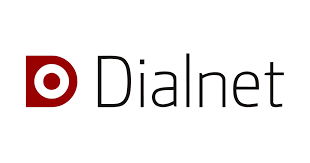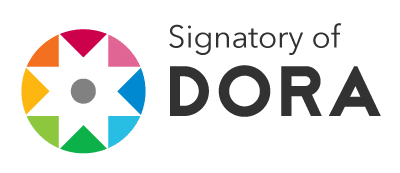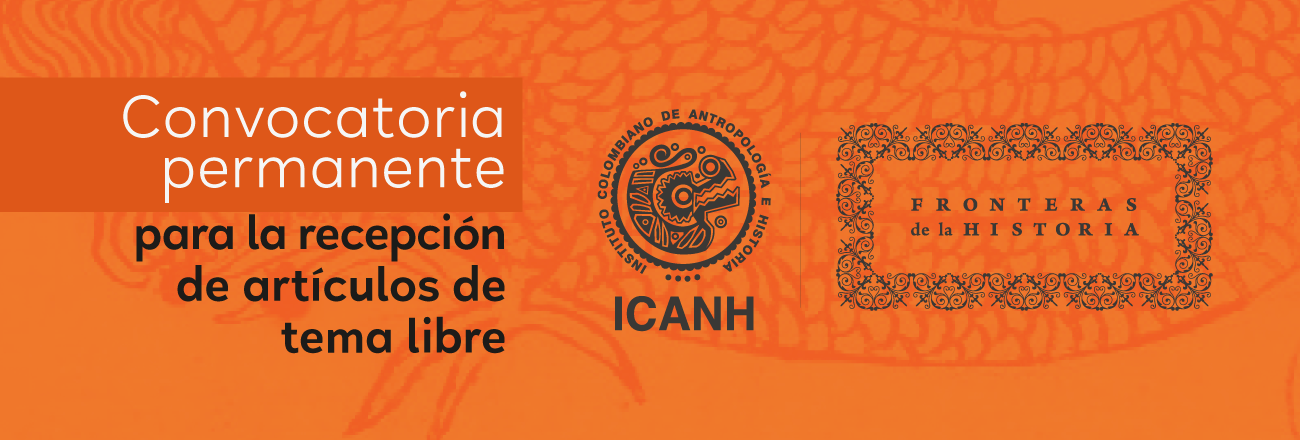Educational coworking as pedagogical innovation: an analysis from a gender perspective in university-school collaboration
Abstract
Educational coworking concept arises from integrating co-teaching and co-learning and promotes new ways of relating university and school. The study's objective was to analyze the differences in the perception of collaborative work between men and women in this context. The methodology used was complementary. The quantitative data analysis was performed using non-parametric tests and the qualitative analysis used the flowchart method. The participants were 30 university students of Pedagogy in Language and Communication and English from a university in the Biobío Region, Chile and 65 second cycle basic students from two schools in the Ñuble and Biobío regions. The results showed statistically significant differences between male and female university students in different dimensions of collaborative work z (30) = 41.500, p < .05. On the other hand, the qualitative analysis carried out with school students showed a positive assessment of collaborative work between the university and the school, and highlighted the high quality of the activities carried out with university students, regardless of their gender. In conclusion, it is observed that the implementation of educational coworking encourages collaborative work between the university and the school, promotes the co-construction of knowledge, and values gender differences as a relevant element to enrich pedagogical dynamics and strengthen educational innovation.
Downloads
References
Beauchamp, C., Edwards, C., Lee, W., Knight, D., y Young, G. (2019): “Exploring Student Perceptions of Teamwork in a Summer Outreach Program”, 2019 CoNECD - The Collaborative Network for Engineering and Computing Diversity Proceedings, pp.1-12. https://acortar.link/LdXqR6
Bericat, E. (1998): La integración de los métodos cuantitativos y cualitativos en la investigación social, Barcelona, Ariel. https://acortar.link/CZPOaB
Brantmeier, E. J. (2005): Empowerment Pedagogy: co-learning and teaching. (I. University, Ed.). https://acortar.link/V3eaH8
Campbell, D. y Stanley, J. (1978): Diseños experimentales y cuasiexperimentales en la investigación social, Buenos Aires, Amorrortu Editores. https://acortar.link/NJiBSO
Chua, R., y Jin, M. (2020): “Across the Great Divides: Gender Dynamics Influence How Intercultural Conflict Help or hurts creative collaboration”, Academy of Management Journal, 63, (3), pp. 903-934. https://acortar.link/aTUQUt
Coworking, W. (2024): Manifiesto coworking. Disponible en web: https://acortar.link/6p5PtP [Consulta: 04 de abril de 2024]
Cramer, E., Liston, A., Nervin, A. y Thousand, J. (2010): “Co-teaching in urban secondary school. Districts to meet the needs of all teachers and learners: implications for teacher education reform”, International Journal of Whole Schooling, 2(6), pp.59-76. https://eric.ed.gov/?id=EJ912017
Davcheva, M., y González-Romá, V. (2023): “Proportion of women in work teams and team performance: a moderated mediation model”, Current Psychology, 42, pp. 25028–25041. https://acortar.link/D9KVXu
De Guzmán, G. V. y Tang, A. (2011): Working in the Unoffice. A guide to Coworking for indie Workers, Small Businesses, and nonprofits, San Francisco, Nigth Owls Press LLC. https://acortar.link/fcIx1Z
De Koven, B. (2013): The coworking connection. Disponible en web: http://www.deepfun.com/fun/2013/08/the-coworking-connection/[Consulta: 04 de abril de 2024]
Friend, M., Cook, L., Hurley-Chamberlain, D. y Shamberger, C. (2010): “Co-Teaching: an illustration of the complexity of collaboration in special education”, Journal of Educational and Psychological, 20(2), pp. 9-27. https://acortar.link/kYKtgQ
García, M., González, I., y Mérida, R. (2012): “Validación del cuestionario de evaluación en educación superior (ACOES). Análisis del trabajo cooperativo en educación superior”, Revista de Investigación Educativa, 30(1), pp. 87-109. https://revistas.um.es/rie/article/view/114091
Garza Gutiérrez, A. (2024): “Enseñanza-aprendizaje de la cooperación-colaboración como pedagogía del trabajo conjunto. Caso: cuarto y quinto grado de primaria, Zacatecas, México (2018-2020)” Revista De Investigación Educativa, Intervención Pedagógica Y Docencia, 2(1), pp. 59-89. https://acortar.link/Qh4lFz
Gomez-Ruiz, L., y Sánchez-Expósito, M. J. (2020) “The impact of team identity and gender on free-riding responses to fear and cooperation sustainability” Sustainability, 12(19), 8175. https://www.mdpi.com/2071-1050/12/19/8175
Gorostiza, J. (2014): El coworking: un nuevo concepto en la organización del trabajo. Tesis master, Universidad del país Vasco, España.
Hauff, N. (2023): Empowering teamwork: a gender perspective. Tesis Master, Universidad de Barcelona, Bussines School, Barcelona. https://acortar.link/N8nLNH
Li, W., Wang, X., Haque, M. J., Shafique, M. N., y Nawaz, M. Z. (2020): “Impact of Workforce Diversity Management on Employees’ Outcomes: Testing the Mediating Role of a Person’s Job Match”, Sage Open, 10(1). https://acortar.link/PtgA2e
Murawski, W. (2008): “Five keys to co-teaching in inclusive classrooms”, School Administrator, 8(65), pp. 27. https://acortar.link/YD5vHt
Nedkovski, V., y Guerci, M. (2021): “When homophilous ties matter: Social network brokerage and individuals’ innovative behavior”, European Management Journal, 39(6), pp. 755–767. https://acortar.link/YzYxN7
Ohland, M. W., y Beigpourian, B. (2022): “Dynamics of Mixed-gender Teams in Engineering Education”, International Journal of Engineering Education, 38(3), pp. 774–785. https://acortar.link/XvpoNF
Okada, A., Mikroyannidis, A., Meister, I. y Little, S. (2013): “"Colearning" - Collaborative Open Learning through OER and Social Media”, en A. Okada ed., Open Educational Resources and Social Networks. São Luís - MA: EdUEMA, pp. 46–56. https://oro.open.ac.uk/39236/
Okada, A, Rabello, C. y Ferreira, G. (2014): “Developing 21st century skills through co-learning with OER and social networks”, en Challenges for Research into Open & Distance Learning: Doing Things Better – Doing Better Things, European Distance and E-Learning Network, pp. 121–130. https://oro.open.ac.uk/41724/
Rodríguez, F. (2015): “La co-enseñanza, una estrategia para el mejoramiento educativo y la inclusión”, Revista Latinoamericana de Educación Inclusiva, 8(2), pp. 219-233. https://acortar.link/89GZjg
Socas, J., Saavedra, L., y Hernández, G. (2003): “La técnica del flujograma: apuntes desde la práctica”, Observatorio Internacional de ciudadanía y medio ambiente sostenible, pp.1-12. https://acortar.link/TL3aNS
Veldman, M., Doolaard, S., Bosker, R., y Snijders, T. (2020): “Young children working together. Cooperative learning effects on group work of children in Grade 1 of primary education”, Learning and Instruction. https://acortar.link/38VBa8
Villa, R., Thousand, J., y Nevin, A. (2008): “A guide to co-teaching: Practical tips for facilitating student learning” Thousand Oaks, CA, Corwin Press.
Villasante, T., Montañez, M., y Martín, P. (2001): “Practicas locales de Creatividad Social”, Madrid, El Viejo Topo. https://acortar.link/0KH8w1
Warger, T. (2002): “The open-source movement”. Educause Quarterly, 25(3), pp. 18-20. https://acortar.link/ydEeGB
Copyright (c) 2025 Ignacio Salamanca - Garay, Emilio Sagredo - Lillo

This work is licensed under a Creative Commons Attribution-NonCommercial-ShareAlike 4.0 International License.

Esta obra está bajo licencia internacional Creative Commons Reconocimiento-NoComercial-CompartirIgual 4.0.

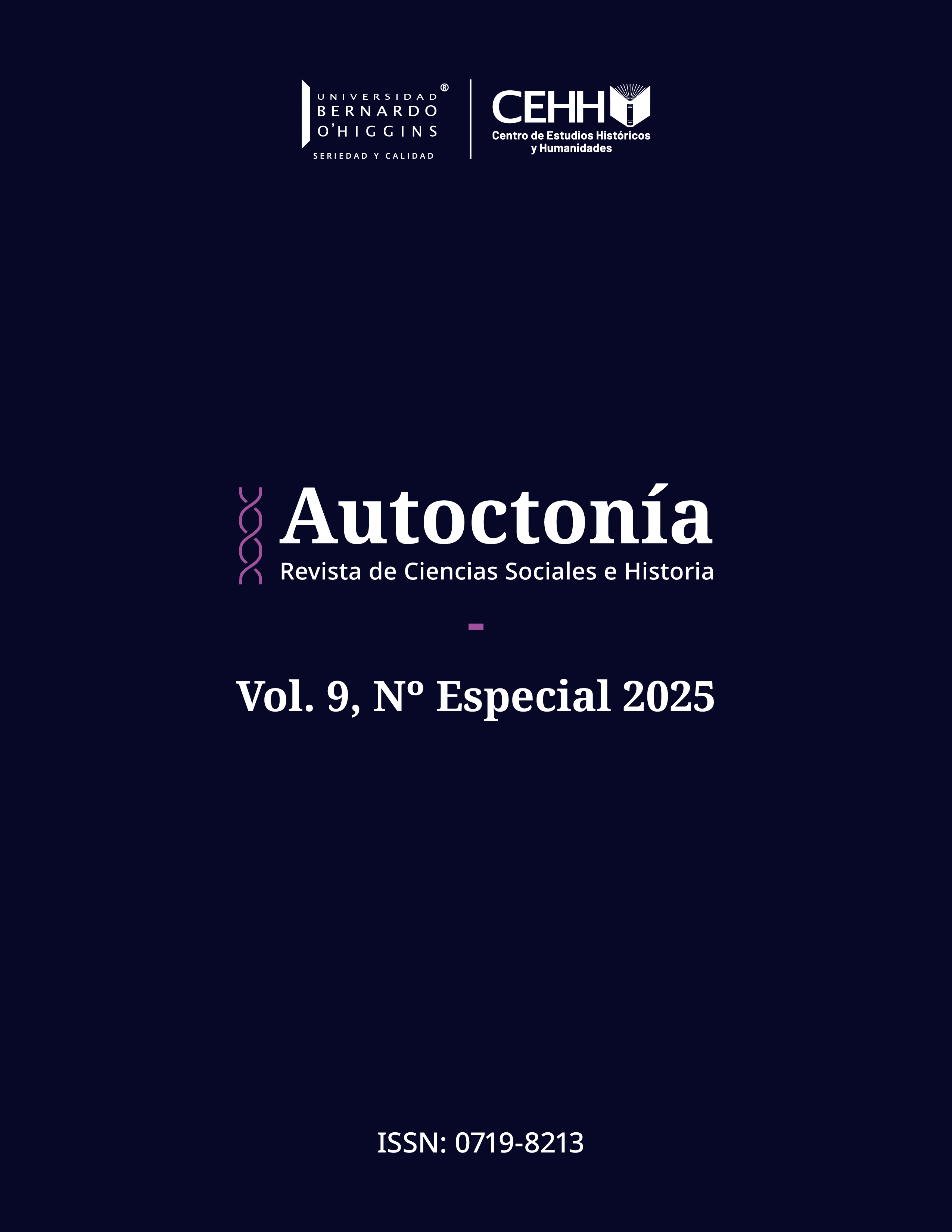



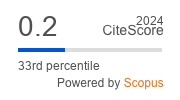
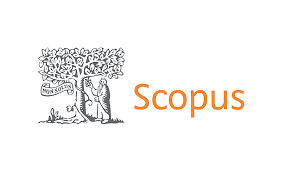
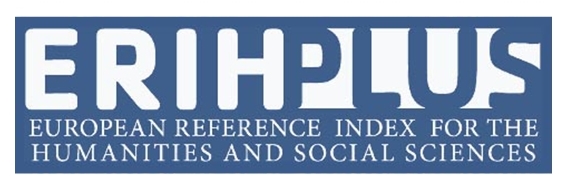

_18.09_.00_1.png)

